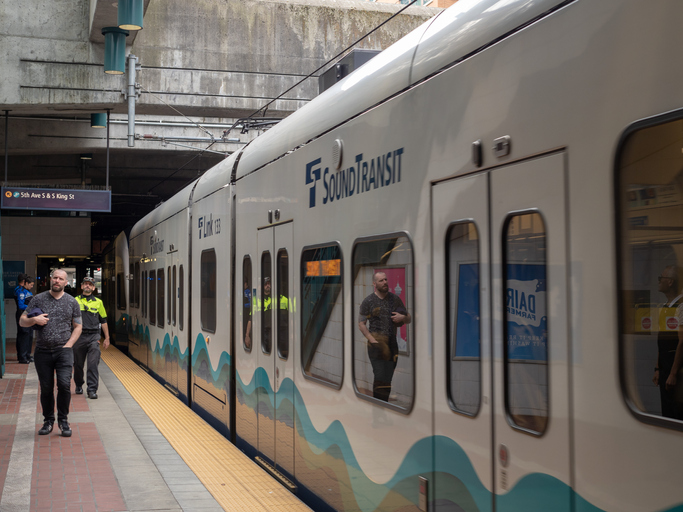Related Articles
The New York Times editors weighed in this weekend on the billions in national transportation spending on ballots this year, saying higher taxes are needed because of America’s “aging bridges, roads and transit systems.” They highlighted Seattle’s $54 billion Sound Transit 3 (ST3) tax proposal, which makes up about a quarter of that overall national spending.
Sound Transit officials want to impose most of the new, regressive tax burden in the form of sales, property and car taxes that fall hardest on working families and the poor. The average family would pay upwards of $1,000 or more annually, on top of current local tax burdens, to the sprawling public agency.
The Times’ editors clearly favor transit proposals like ST3 and hope it will pass. They say they know transit taxes burden the working poor, but transit “tends to benefit lower-income families by making it easier and cheaper for them to get to work.”
This is not true in many cases. Economic studies show that what job seekers and poor workers need most is flexibility that allows access to better job opportunities and faster drive times – which is why many continue to depend on cars, not transit, despite the high cost of gridlock commutes. However, transit officials themselves say that ST3 would do nothing to improve commutes for those who need mobility the most.
According to urban planner and transportation expert Wendell Cox, “those with lower incomes rely on cars almost to the same extent as everyone else.” The 2012 American Community Survey found that 80.3 percent of low-income commuters (people making less than $15,000 a year) rely on cars to get around. This may be because without a car, low-income workers are “stranded with inferior employment,” according to Cox, due to a lack of access to job opportunities.
Access to a car is so important for the working poor that in the 1990s the Clinton Administration eased welfare restrictions to make automobile ownership easier. Clinton officials found that “less than half the entry level jobs [in metropolitan areas] are accessible by transit” and that “twice as many welfare recipients with cars were working than those without cars.” A more recent Urban Institute study found that among the working poor, those with a car are twice as likely to find a job and four times as likely to keep it.
Thus, to assert that transit, much less light rail, makes it easier and cheaper for the working poor to get work is out of touch with reality. Seattle is a high-tax, high-rent city, so many low-income workers, like food service employees, janitors, and mechanics, rely on a car to commute. Yet Sound Transit officials and supporters are increasingly insensitive to the real-world needs of drivers who struggle to find and keep jobs.
One example of low-income workers that would be negatively impacted by ST3 are people in similar situations as Simon Nakhale, who The Seattle Times wrote about in 2015. They described the disparate economic impact on Simon, and many like him, who are hit hardest by expensive, time-consuming commutes. A Seattle-area resident from Kenya, he starts his work day at 1:40 a.m. and depends on his car to get to his jobs on time. He struggles to make a living and find time to spend with his wife and four children, as he spends about three hours in traffic congestion each day. Light rail would be of no use to Simon - yet Sound Transit officials want to increase the tax burden they place on his family with no congestion relief in return.
When public officials let traffic congestion get worse and then increase taxes on low-income people’s homes, cars and purchases to produce costly transit alternatives that only work for a select group of people, as ST3 would, they harm people like Simon the most – not making things easy or cheap by any stretch of the imagination.




